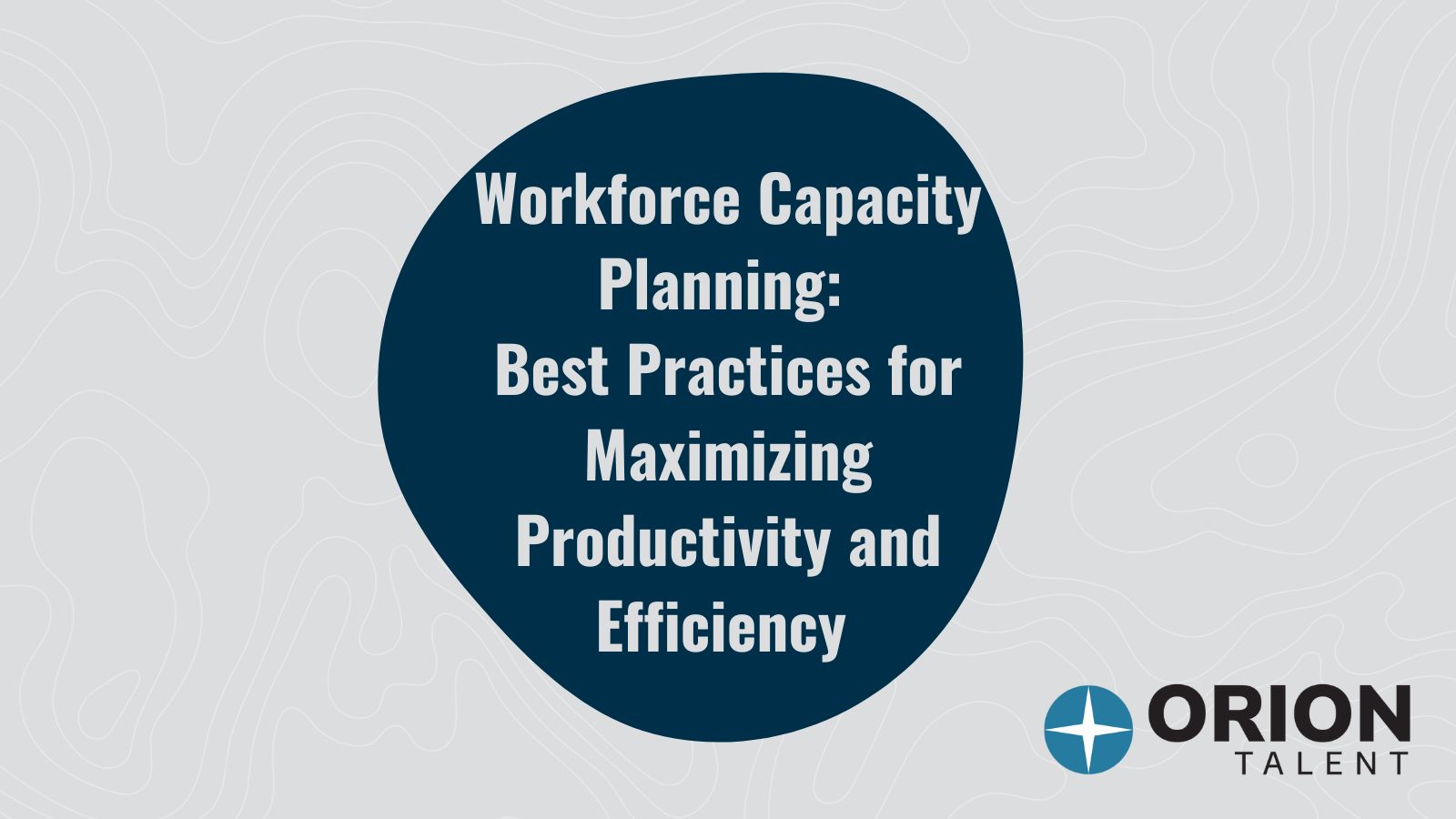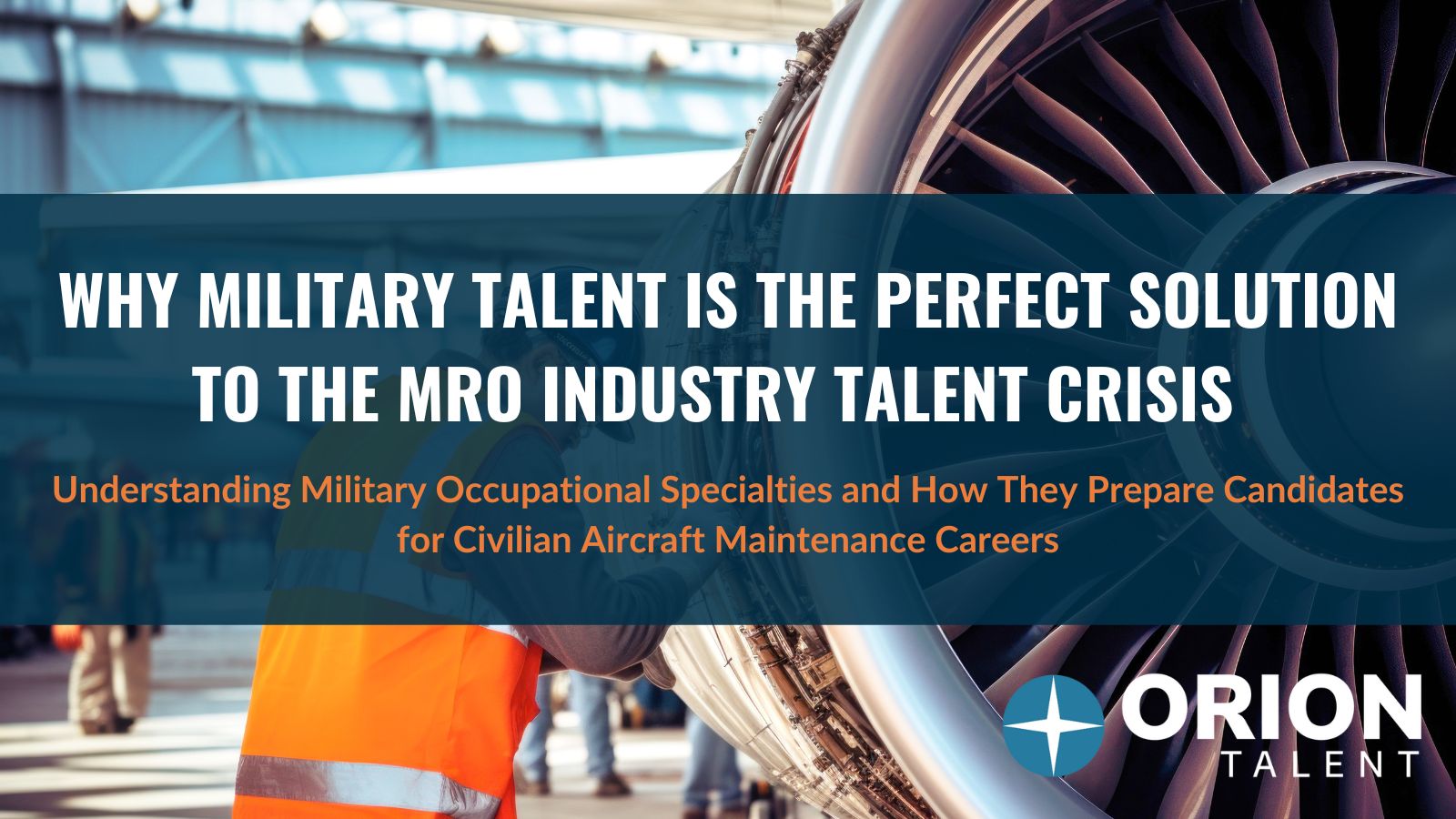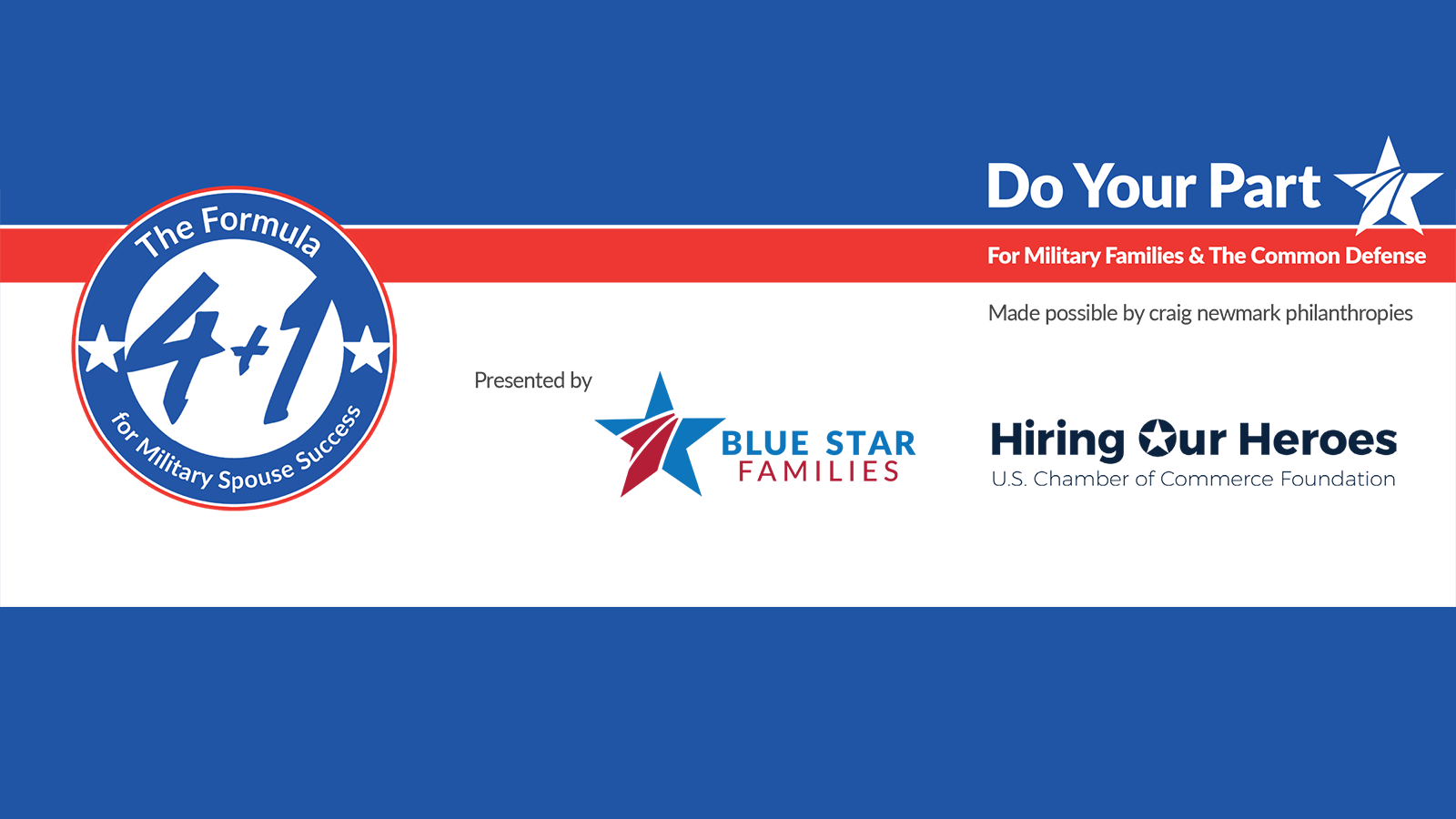
Workforce capacity planning is an essential part of maximizing productivity and efficiency in any organization. It involves assessing current staff capabilities and resources, analyzing future needs, and developing strategies to meet them. The goal is to ensure that the organization has the right number of people in the right places at the right times.
By following these best practices, organizations can maximize their productivity and efficiency and ensure that their workforce is properly utilized to the best of their abilities.
What is workforce capacity planning?
Workforce capacity planning is an important process of aligning the number of employees and their skills with the current and future needs of an organization. It involves understanding the current workforce, analyzing future workforce needs, and then creating a plan to bridge the gap. This planning helps an organization ensure it has the right level of resources to meet its objectives. It also helps to identify cost-saving opportunities, such as reducing staff or investing in training to upskill existing employees.
The benefits of workforce capacity planning
Workforce capacity planning is an effective tool to help organizations better manage their workforce in order to maximize efficiency and productivity while minimizing costs. Benefits of workforce capacity planning include:
Reducing employee burnout caused by understaffing
By proactively predicting the workforce needs of the organization, workforce capacity planning can ensure that there are enough people to handle the workload without over-exerting any one person.
Informing overall workforce planning initiatives
Having a better understanding of the workforce trends and needs within an organization can provide valuable insight into the organization's overall workforce planning objectives.
Reducing overall hiring costs
By anticipating future workforce needs, organizations can avoid costly last-minute hires, resulting in significant cost savings.
Speeding up your hiring processes
By anticipating the need for new hires, practicing workforce capacity planning allows organizations to begin the recruitment process before positions become available, resulting in faster hires.
Determining your baseline
Determining your baseline is an important step in planning for any major changes to your workforce. To ensure success, it's important to have a clear understanding of your current workforce.
Key questions to ask
To begin, you'll want to ask yourself the following questions:
- How many workers are there currently, and in what roles?
- What current activities are they engaging in, which need to continue?
- What activities should be stopped in accordance with upcoming changes?
- Is capacity your main workforce issue, or are there also additional considerations, such as implementing or optimizing technology solutions?
- Is your workforce equipped to respond adequately to key peaks in demand?
Answering these questions and understanding your current workforce will provide the baseline you need to plan for any upcoming changes.
Tips and best practices for workforce capacity planning
Workforce capacity planning is an important process for any organization, as it helps to ensure that the right number of people with the right skills are available at the right times to meet the organization's goals. Here are some tips and best practices for successful workforce capacity planning:
Refresh your forecasting on a monthly basis
It is important to stay on top of forecasting and trends to ensure you are making the best decisions. Conducting monthly reforecasting can help you continually adjust your hiring plans to determine the required capacity of employees, measure any gaps, and align accordingly with the demand.
Factor in the impact of attrition rates
Pay attention to monthly trends and identify any patterns in attrition so that you can plan accordingly. Account for new hire attrition as well. It’s important to consider people leaving prior to being fully onboarded in your capacity planning. Depending on your industry, you may need to adjust your workforce capacity according to seasonal fluctuations. Regularly monitoring and tracking key metrics can help you identify trends and adjust your workforce capacity planning accordingly.
Following these tips and best practices can help ensure that companies are making the best decisions for their organization’s needs.
Strengthen your workforce capacity planning with HireSkills
Workforce capacity planning is an essential part of any business's long-term success. It requires careful analysis of an organization’s total workload, as well as the development of strategies to ensure those needs are met. This can help identify potential gaps in staffing and skills and create plans to address them and help ensure that the right number of employees are in the right roles and that resources are used efficiently.
Workforce capacity planning can help ensure that a business is well-positioned to respond to changes in the market and take advantage of new opportunities. Orion Talent’s HireSkills solution is equipped to help you establish a talent pipeline of diverse and talented individuals who want a long-term career that can assist in meeting specific workforce needs, helping your organization to become stronger than ever.
Archives
- April 2025
- March 2025
- February 2025
- October 2024
- May 2024
- March 2024
- February 2024
- January 2024
- December 2023
- November 2023
- October 2023
- September 2023
- August 2023
- July 2023
- June 2023
- May 2023
- April 2023
- March 2023
- February 2023
- January 2023
- December 2022
- November 2022
- October 2022
- September 2022
- August 2022
- July 2022
- June 2022
- May 2022
- April 2022
- March 2022
- February 2022
- January 2022
- December 2021
- November 2021
- October 2021
- September 2021
- August 2021
- July 2021
- June 2021
- May 2021
- April 2021
- March 2021
- February 2021
- January 2021
- December 2020
- November 2020
- October 2020
- September 2020
- August 2020
- July 2020
- June 2020
- May 2020
- April 2020
- March 2020
- February 2020
- January 2020
- December 2019
- November 2019
- October 2019
- September 2019
- August 2019
- July 2019
- June 2019
- May 2019
- April 2019
- March 2019
- February 2019
- January 2019
- December 2018
- November 2018
- October 2018
- September 2018
- August 2018
- July 2018
- June 2018
- May 2018
- April 2018
- March 2018
- February 2018
- January 2018
- December 2017
- November 2017
- October 2017
- September 2017
- August 2017
- July 2017
- June 2017
- May 2017
- March 2017
- February 2017
- January 2017
 RSS Feed
RSS Feed
Subscribe to Orion's Blog
Featured Blogs





.jpg)















